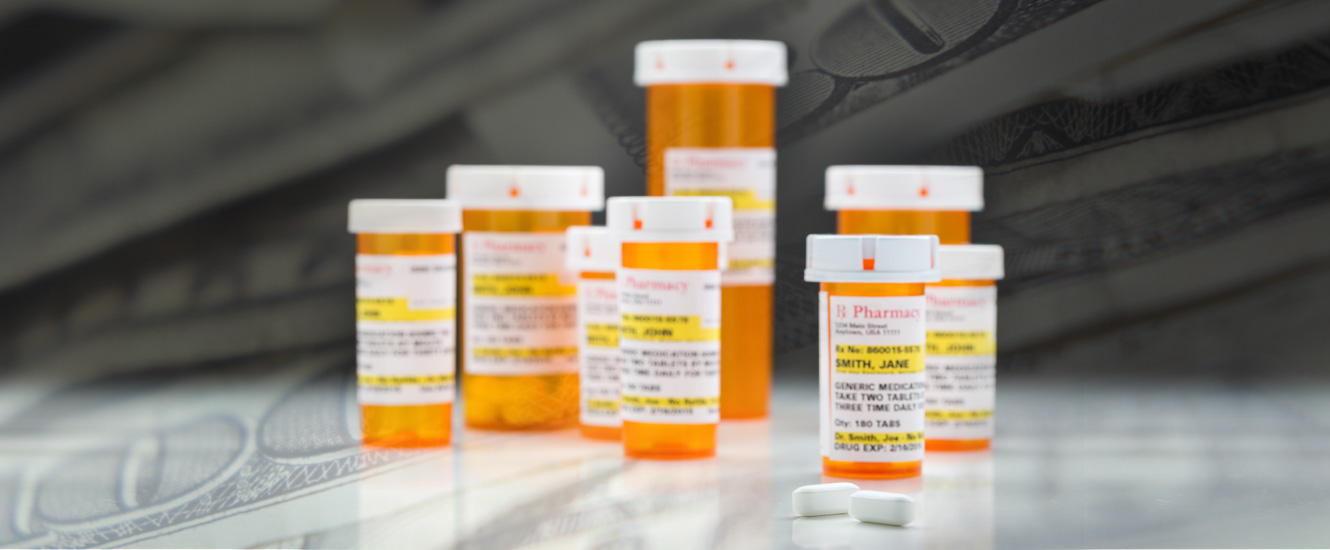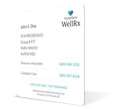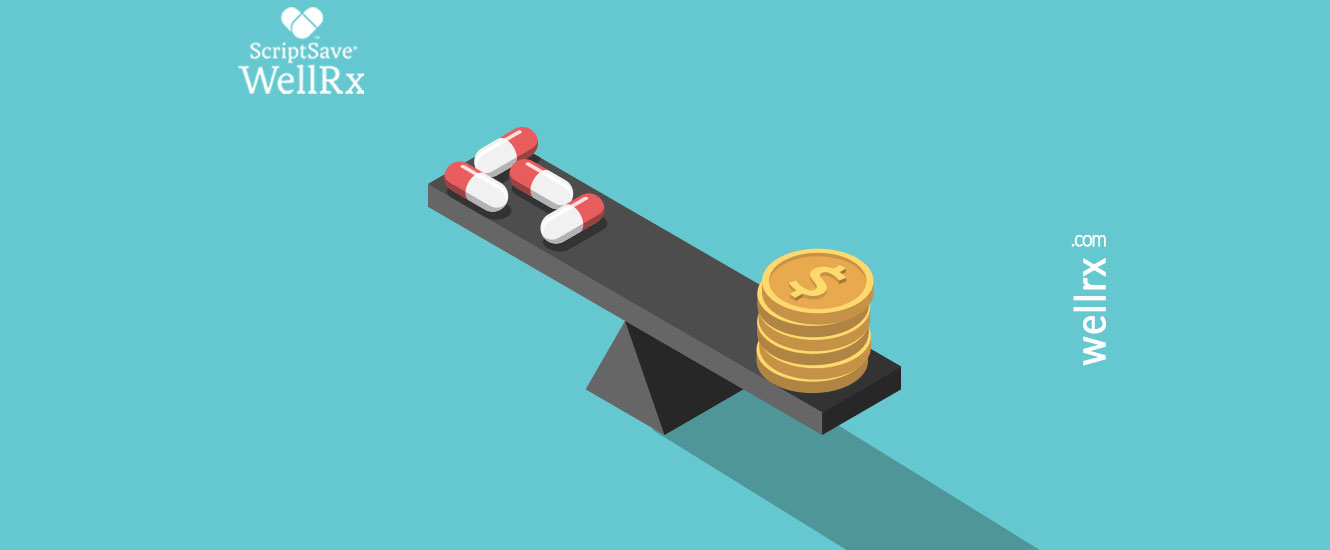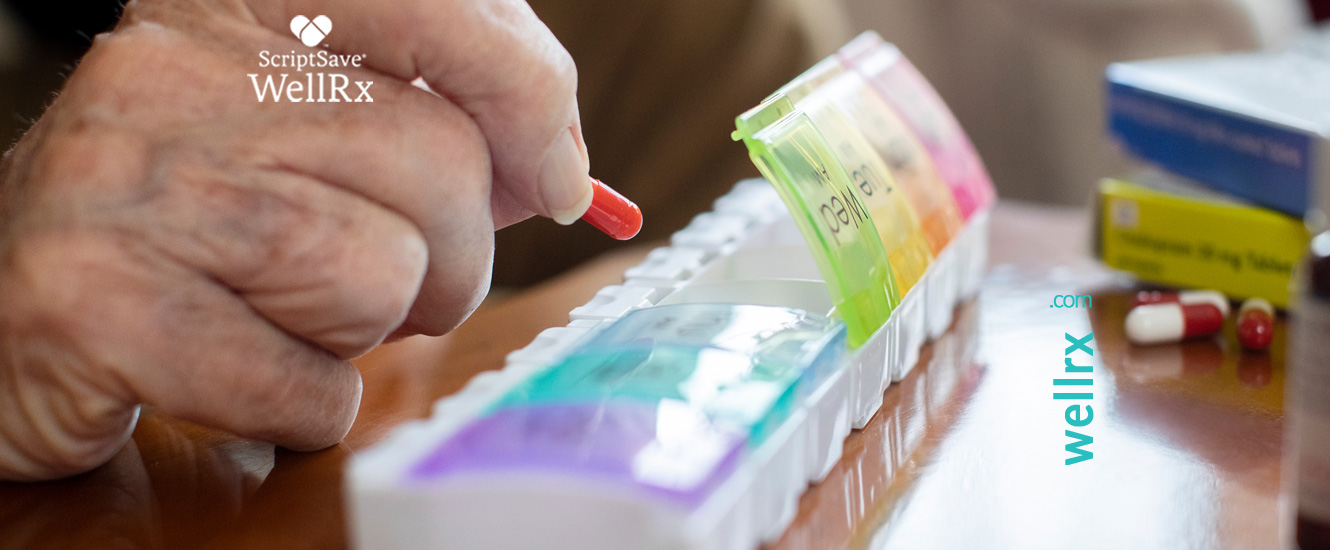Why Are Medications So Expensive?
Leah Samera, PharmD Candidate, Class of 2018
University of Arizona College of Pharmacy
August 29, 2017

It’s one of the most common questions we hear at ScriptSave: “Why are prescription medications so expensive?” With insurance deductibles going up and insurance companies providing less reimbursement, drug prices are outpacing the inflation rate. So why do drug companies continue to charge exorbitant prices for medications? The simple answer is, because they can.
There are a number of factors that affect the cost of medications. In the United States, drug costs are vastly higher relative to other countries. What sets the U.S. apart is that drug manufacturing companies are permitted to set their own price for a given prescription drug. Conversely, in countries with national health insurance systems, a separate organization negotiates drug prices or rejects coverage if the manufacturer proposes what is felt to be an excessive cost.
Market Exclusivity
The reason why brand name drug manufacturers are able to set such high prices in the United States is because they are “protected” from competition, and they have a lot of negotiating power; this leads to those manufacturers having market exclusivity. Market exclusivity is when the FDA allows a manufacturer to market their drug without generic competition. According to Kesselheim, et al. the median length of post-approval market exclusivity is 12.5 years for widely used drugs and 14.5 years for highly innovative, first-in-class drugs.
New medications are automatically protected from generic competition for anywhere between 5 and 12 years. On top of that, manufacturers may also receive patents that can last 20+ years. These companies can even extend their patent period by testing in children through the pediatric exclusivity program. They can also apply for additional patents on nontherapeutic aspects of a drug, such as the method of administration, coating, and formulation. Manufacturers can thus periodically implement and patent small changes to a drug, thus prolonging their market exclusivity.
Pay for Delay
Aside from legal protection, some brand-name manufacturers have historically negotiated with and offered financial incentives to generic manufacturers to defer introduction of a generic product until a later time; this is referred to as pay for delay. Some brand-name manufacturers have even paid generic manufacturers to cancel introduction of their generic product altogether. Brand-name manufacturers have also offered rebates to third party administrators of prescription drug plans to promote their product versus others in its class.
What About Generic Drugs?
Generic products can become expensive as well because, for some drugs, there is lack of motivation to create additional generic competitors. The number of generic manufacturers for a given drug depends on factors such as the size of the target population for the drug, availability of ingredients, and mergers in the industry. Those generic manufacturers with little competition may then raise prices.
Dispense As Written
It is also important to note that there are several laws and people involved in the process of writing and distributing a prescription medication. Physicians write prescriptions, pharmacists fill and sell prescription medications, and patients and/or insurers pay for said medications. The separation in these roles can often lead to physicians being unaware of drug prices and therefore not taking this consideration into account in clinical decision making. Several states also may not require pharmacists to conduct generic substitution, and all states allow physicians to write dispense as written prescriptions that pharmacists cannot substitute with a generic product.
How to Save Money on Prescription Drugs
Fortunately, the ScriptSave WellRx prescription savings program offers instant prescription discounts at the register on both brand name and generic prescription medications. Over 62,000 pharmacies across the U.S. participate, and there’s no enrollment fee or usage limits. Although there are many forces in the market that increase drug costs, ScriptSave WellRx delivers prescription savings solutions that can help you and everyone in your household save money on medications — even pets!
Registered members have access to a free suite of personal wellness tools in the Medicine Chest, including:
- Pill Reminders
- Refill Reminders
- Medication Information (in both English and Spanish)
- Medication Videos
- Mood-tracking (to review side effects, etc.)
- Price-check and Pharmacy Locator
Download the free WellRx app from the iOS app store or the Google Play Store, and get registered to take advantage of our free medication adherence tools. If you’re struggling to afford your medications, visit www.WellRx.com to compare the cash price at pharmacies near you. You may find prices lower than your insurance co-pay!
References:
- Kesselheim AS, Avorn J, Sarpatwari A. The high cost of prescription drugs in the United States: origins and prospects for reform. JAMA 2016; 316:858–871. https://www.ncbi.nlm.nih.gov/pubmed/27552619
- https://www.wellrx.com/faq/
For the best Rx price on
prescription medications,
visit www.WellRx.com.
Compare prices at more than
62,000 pharmacies nationwide.
Recommended Articles









